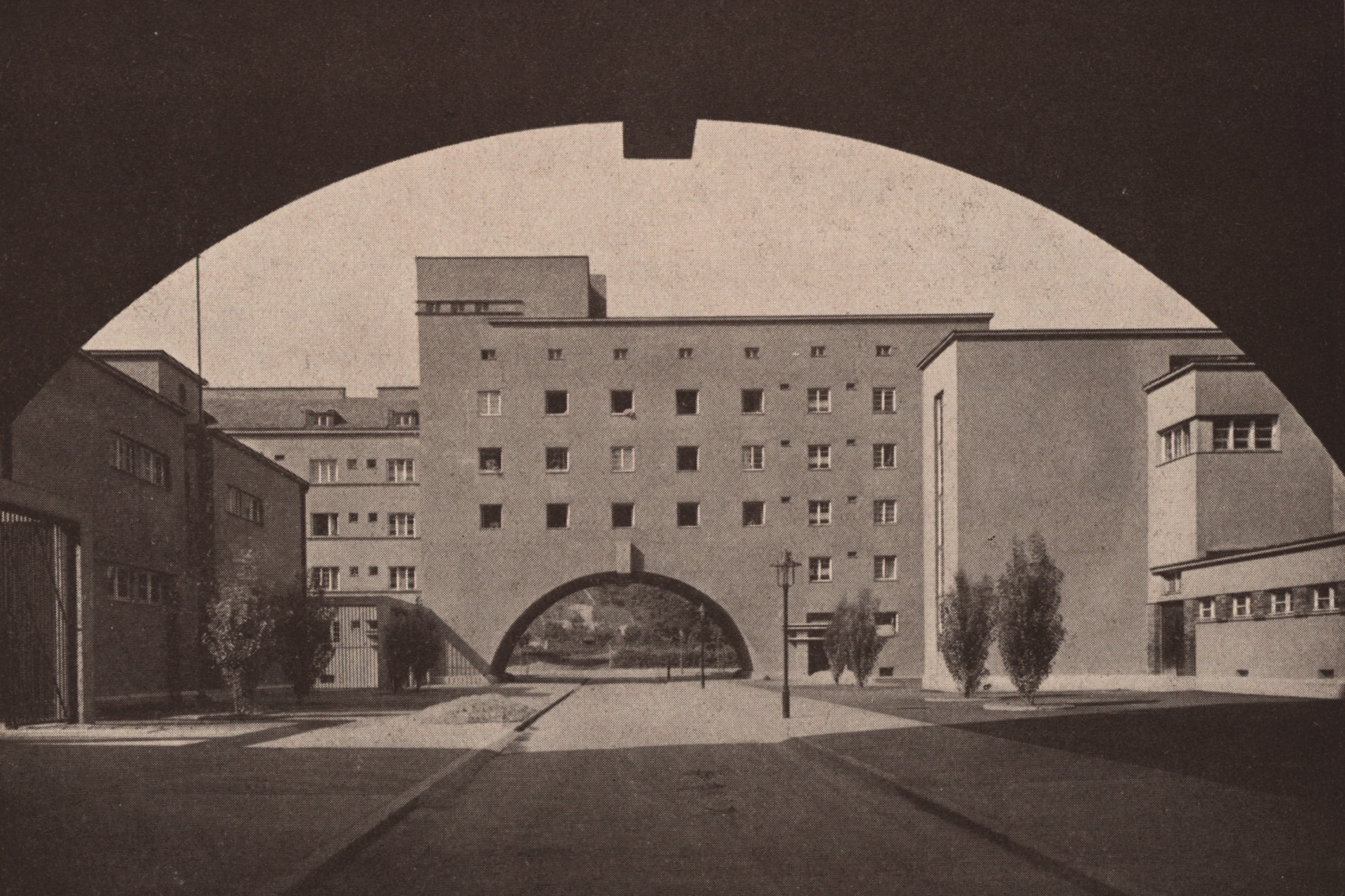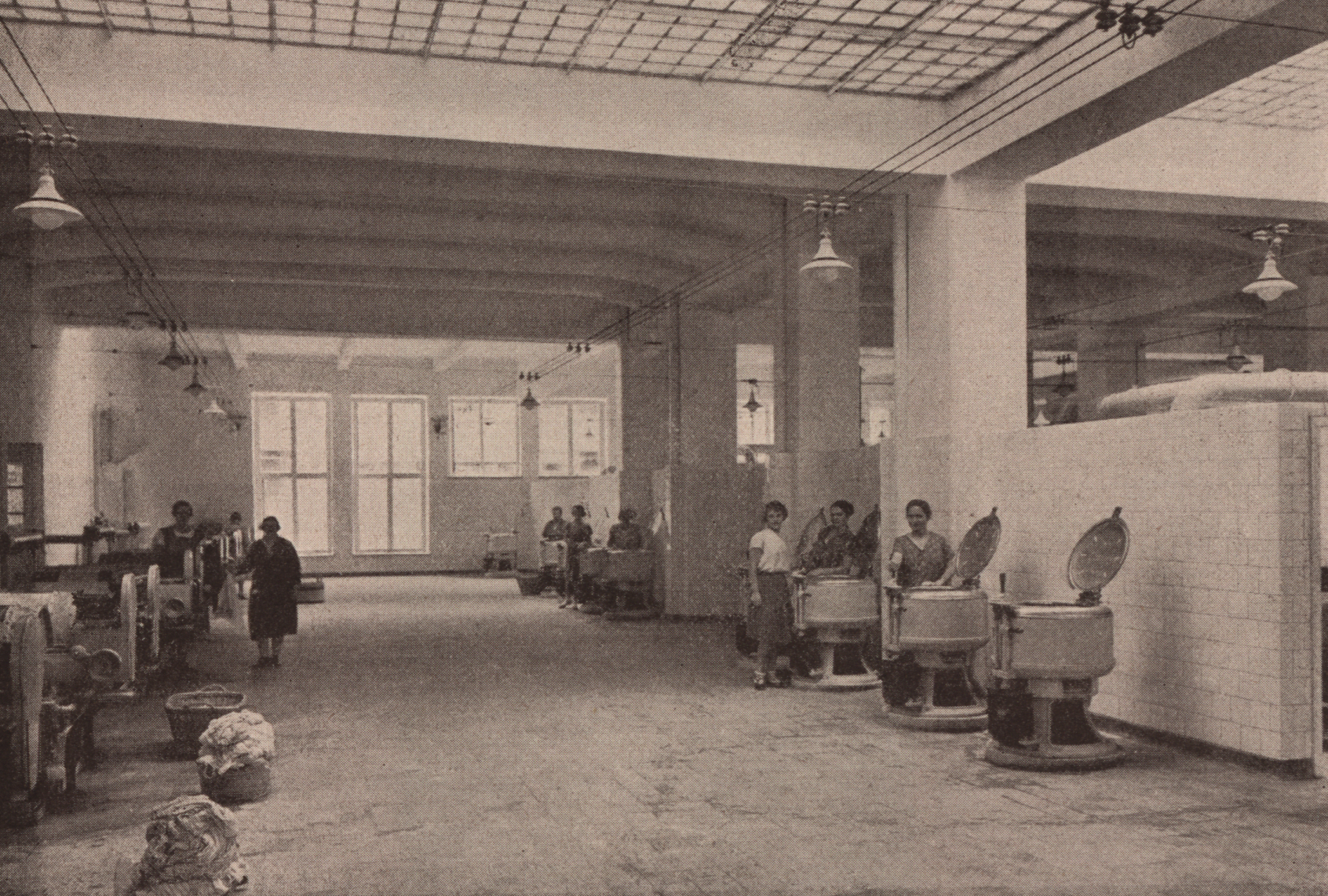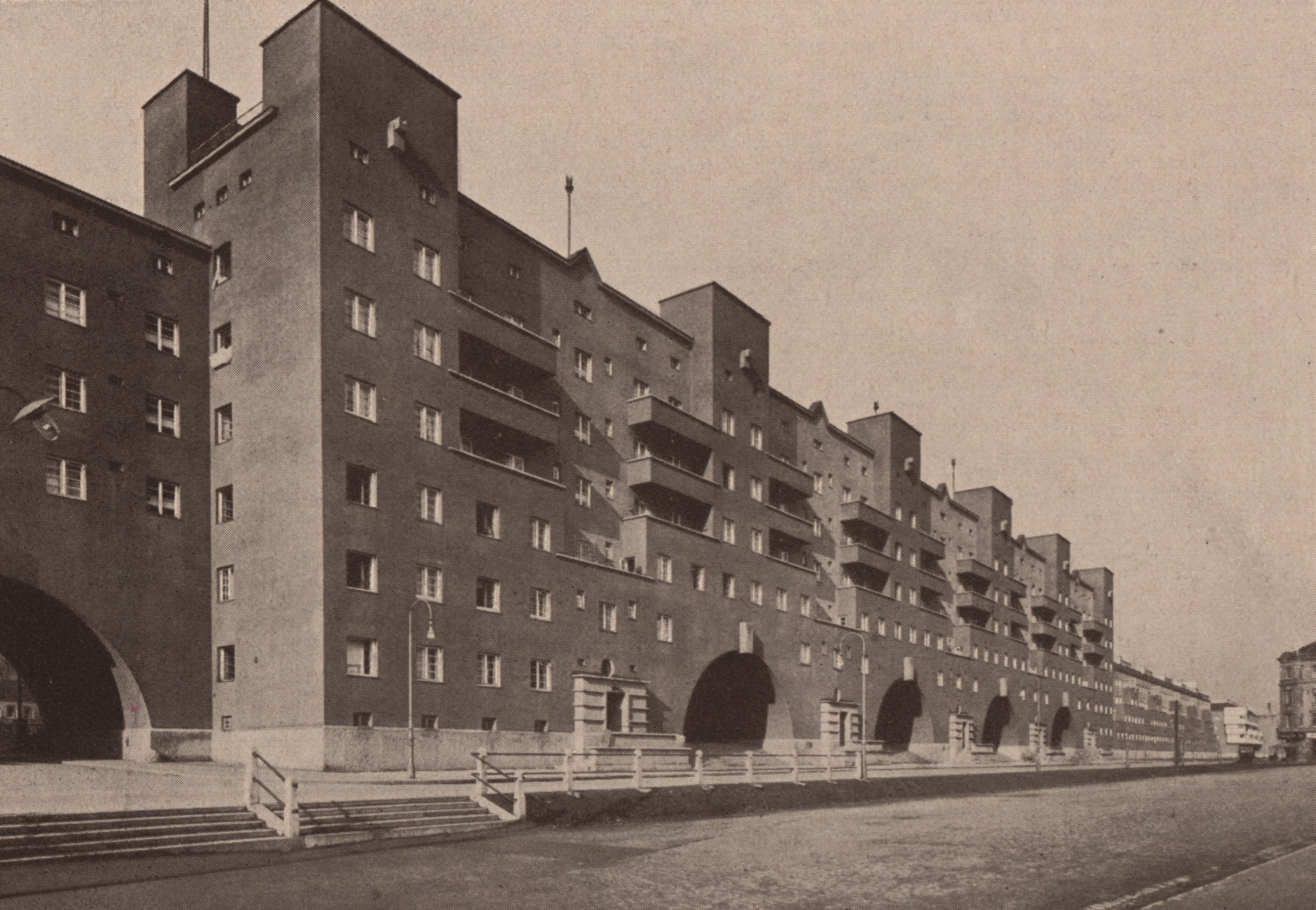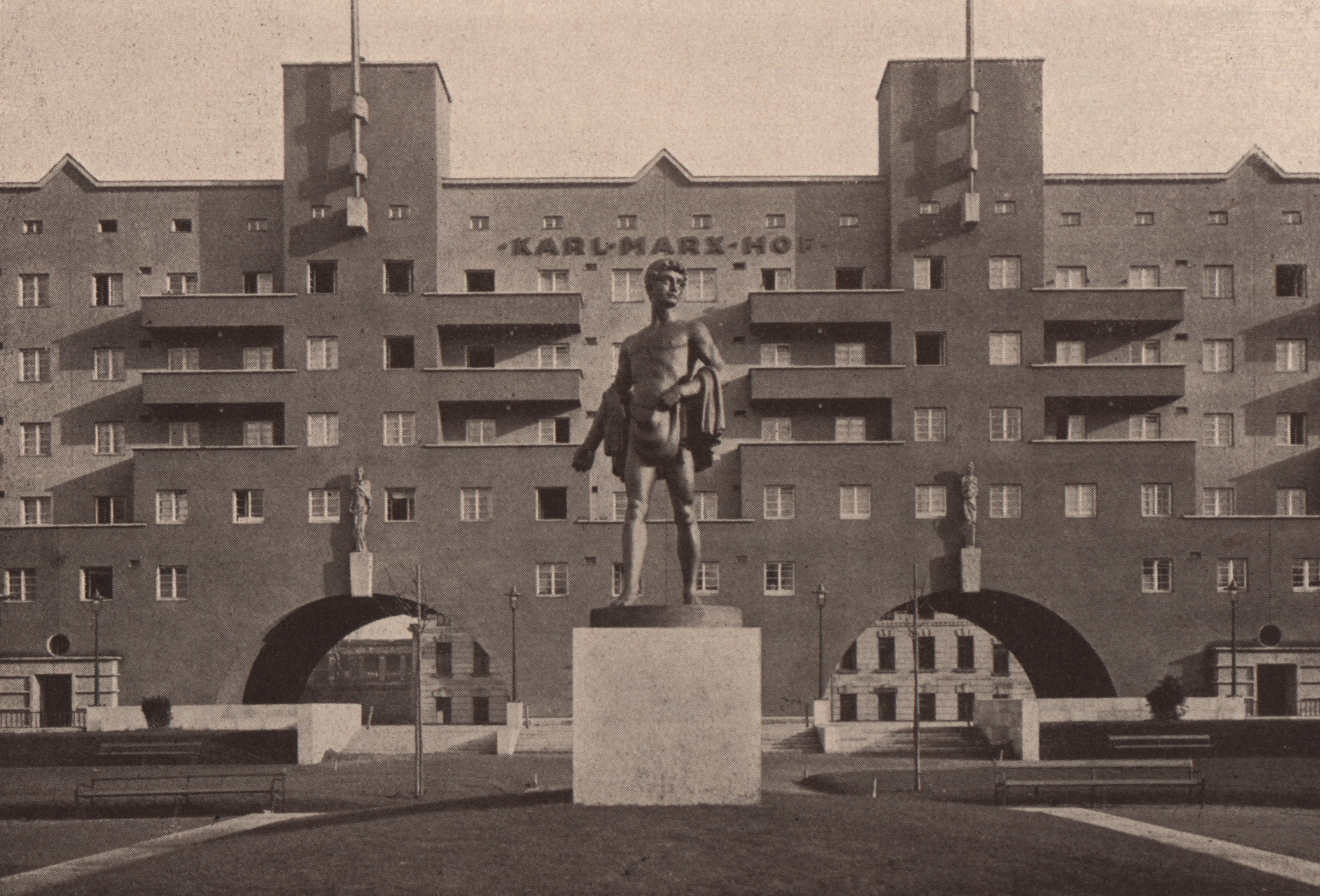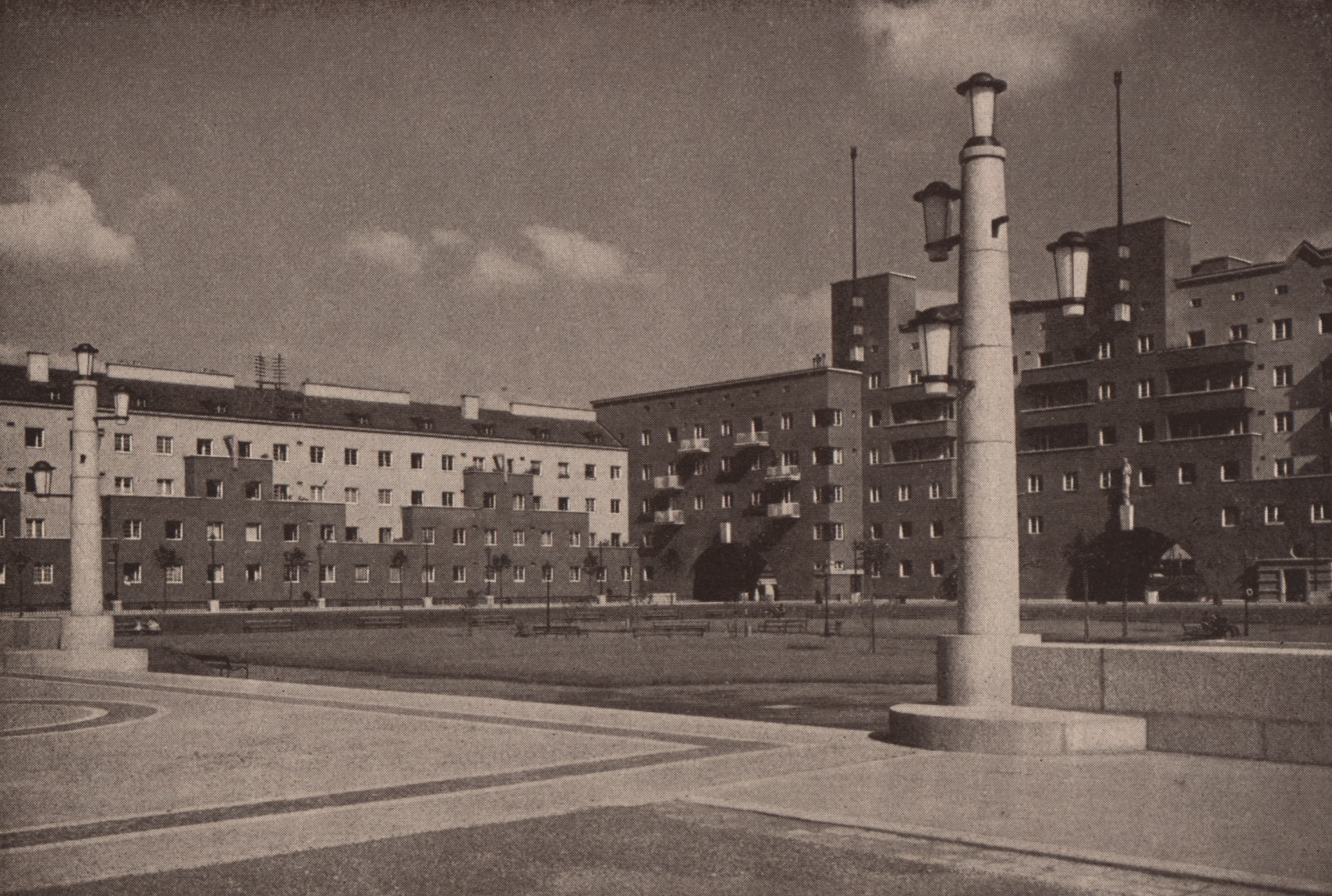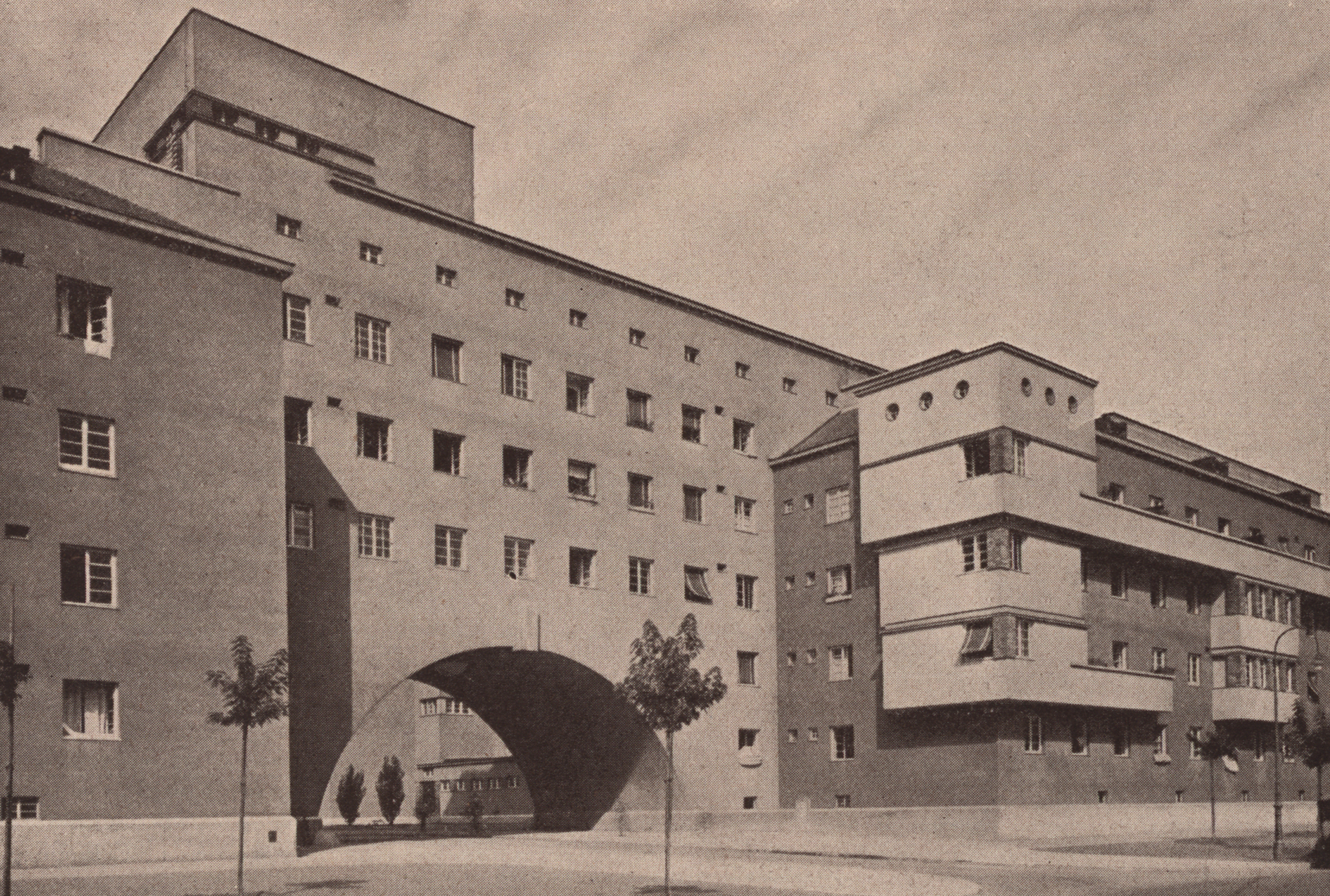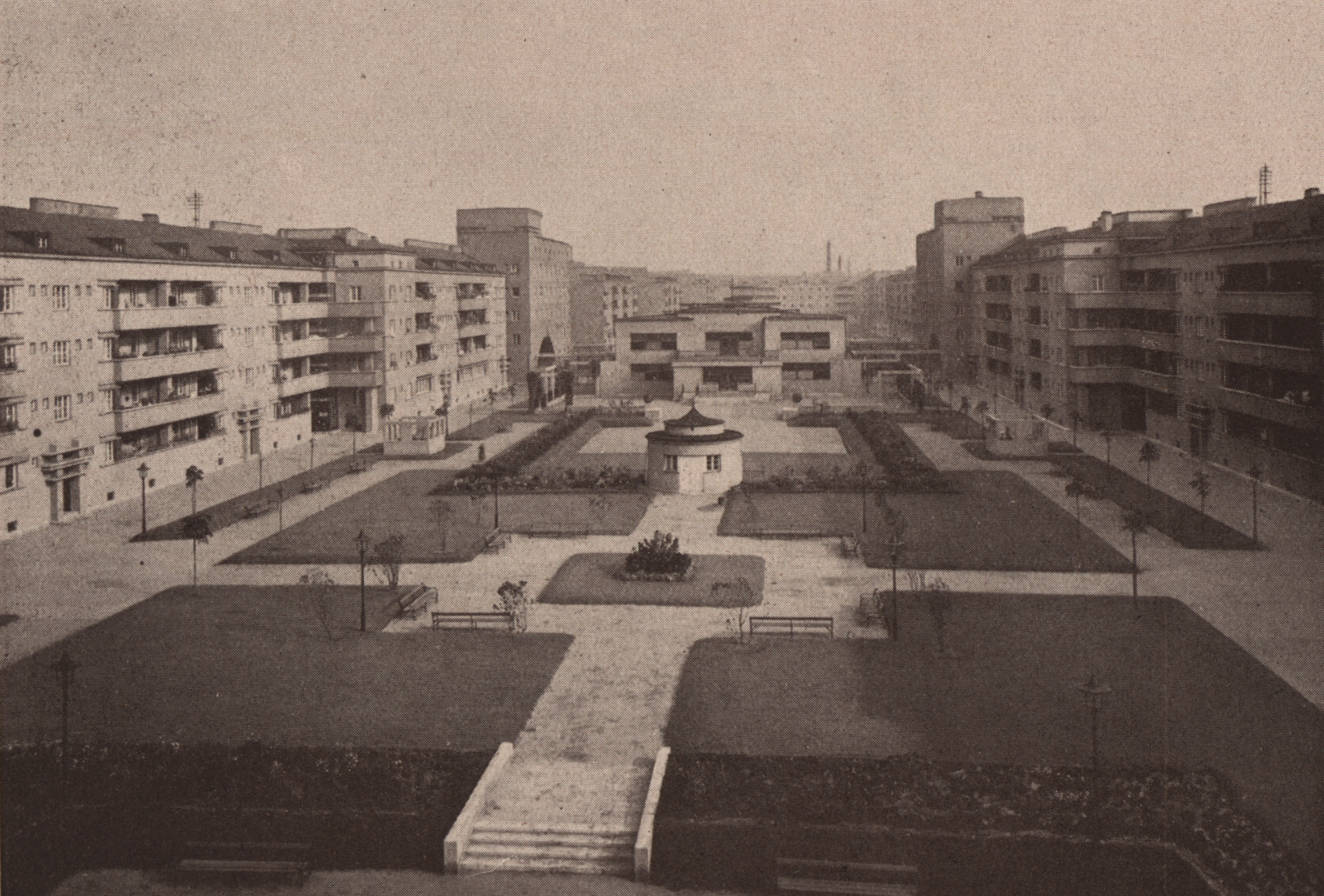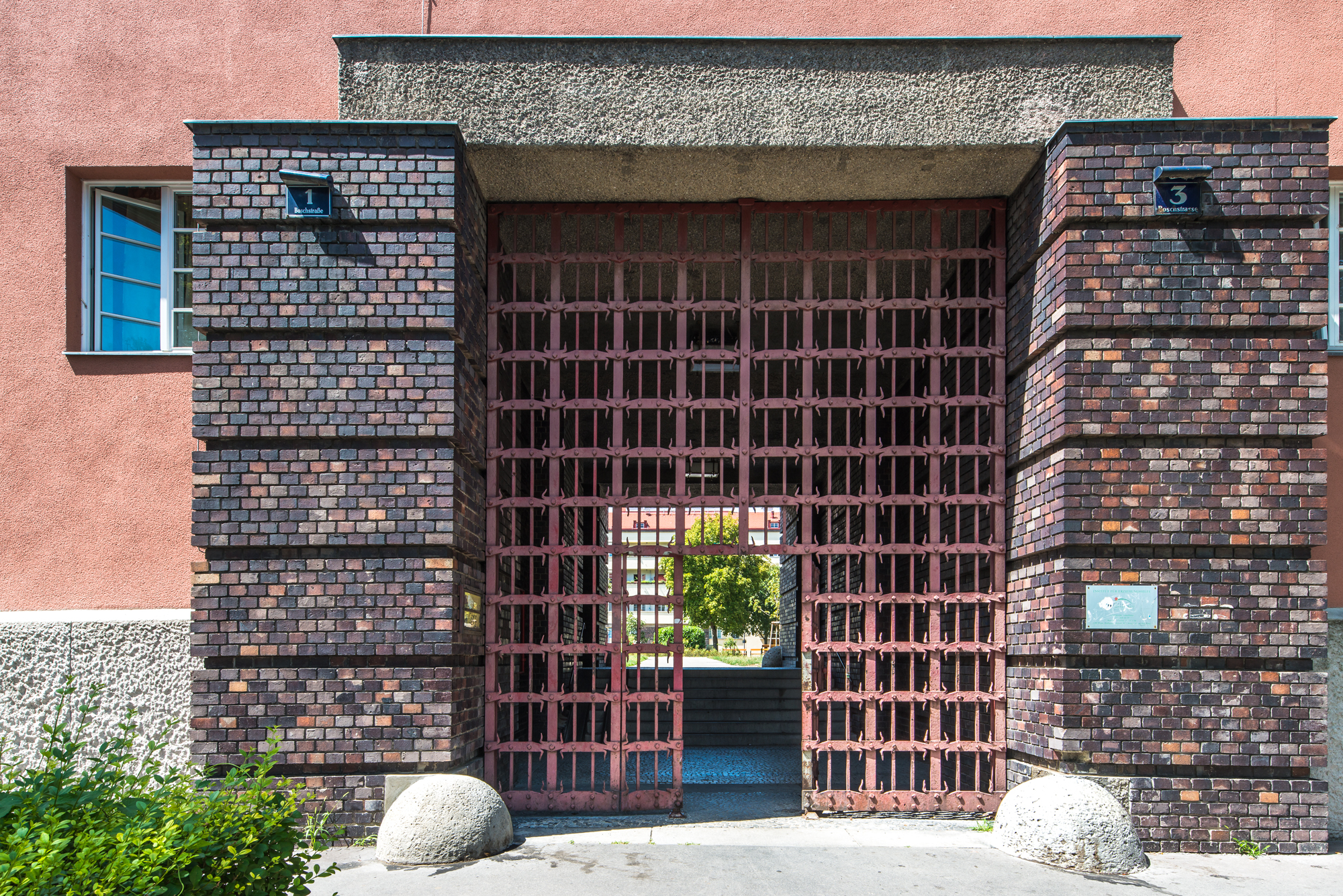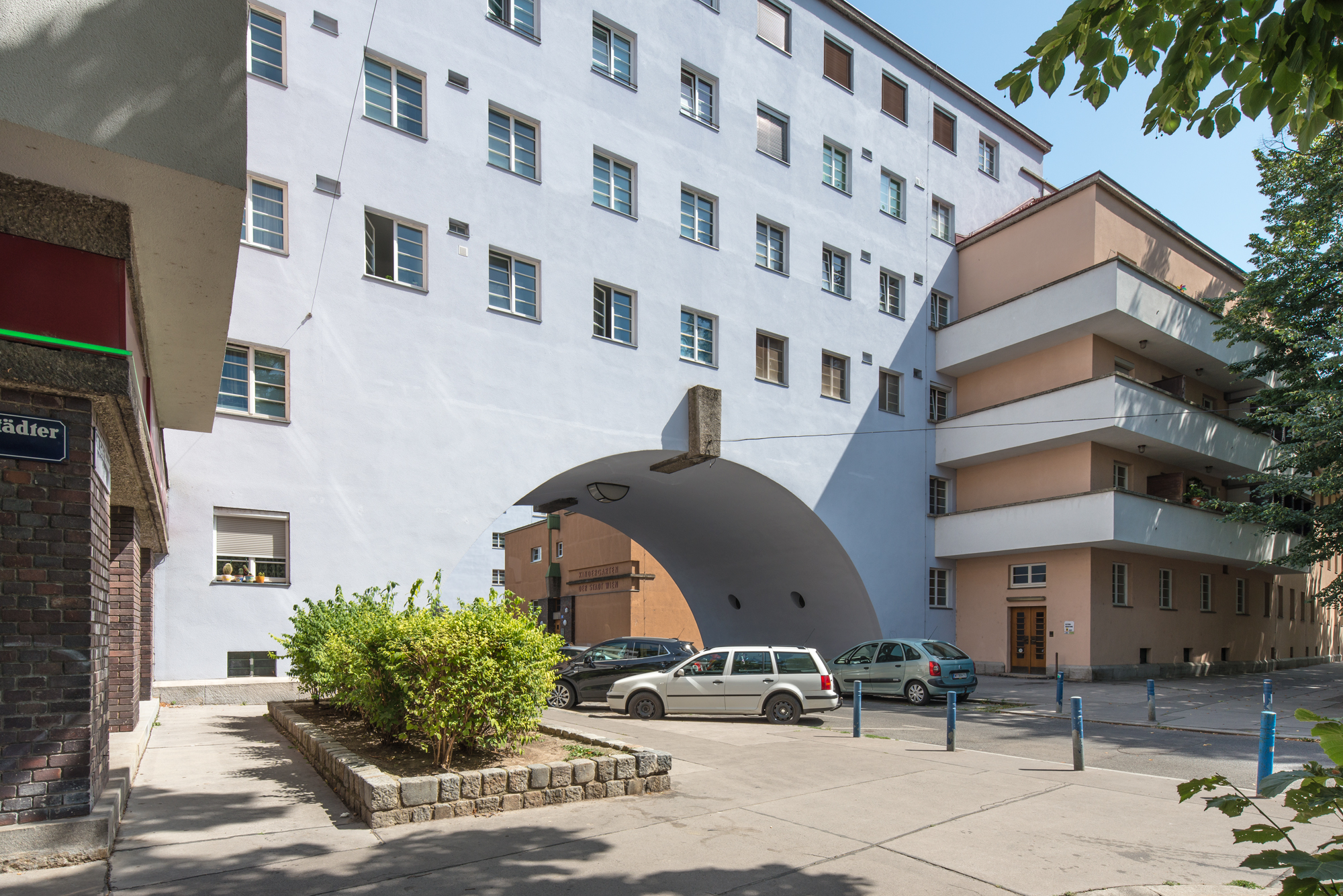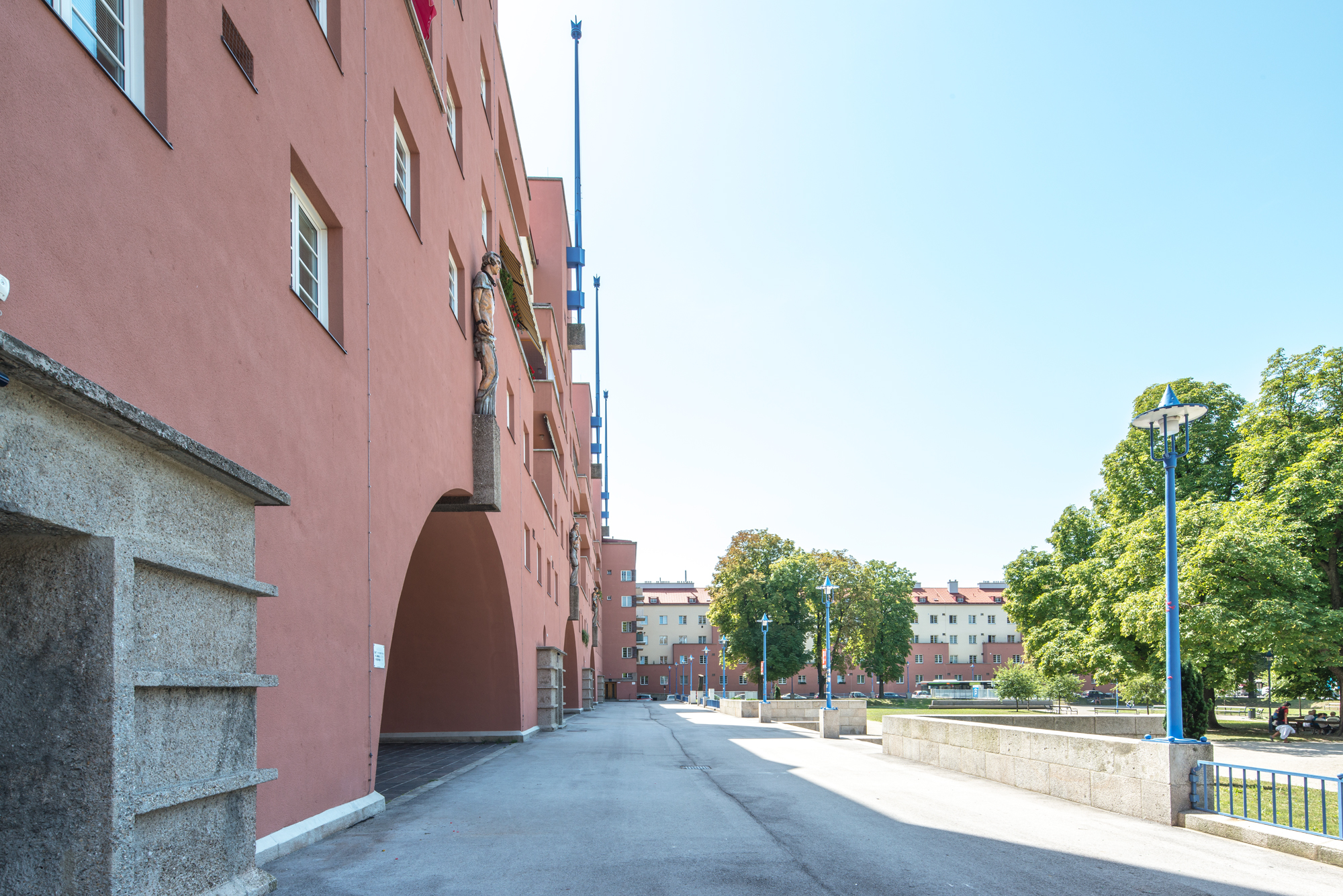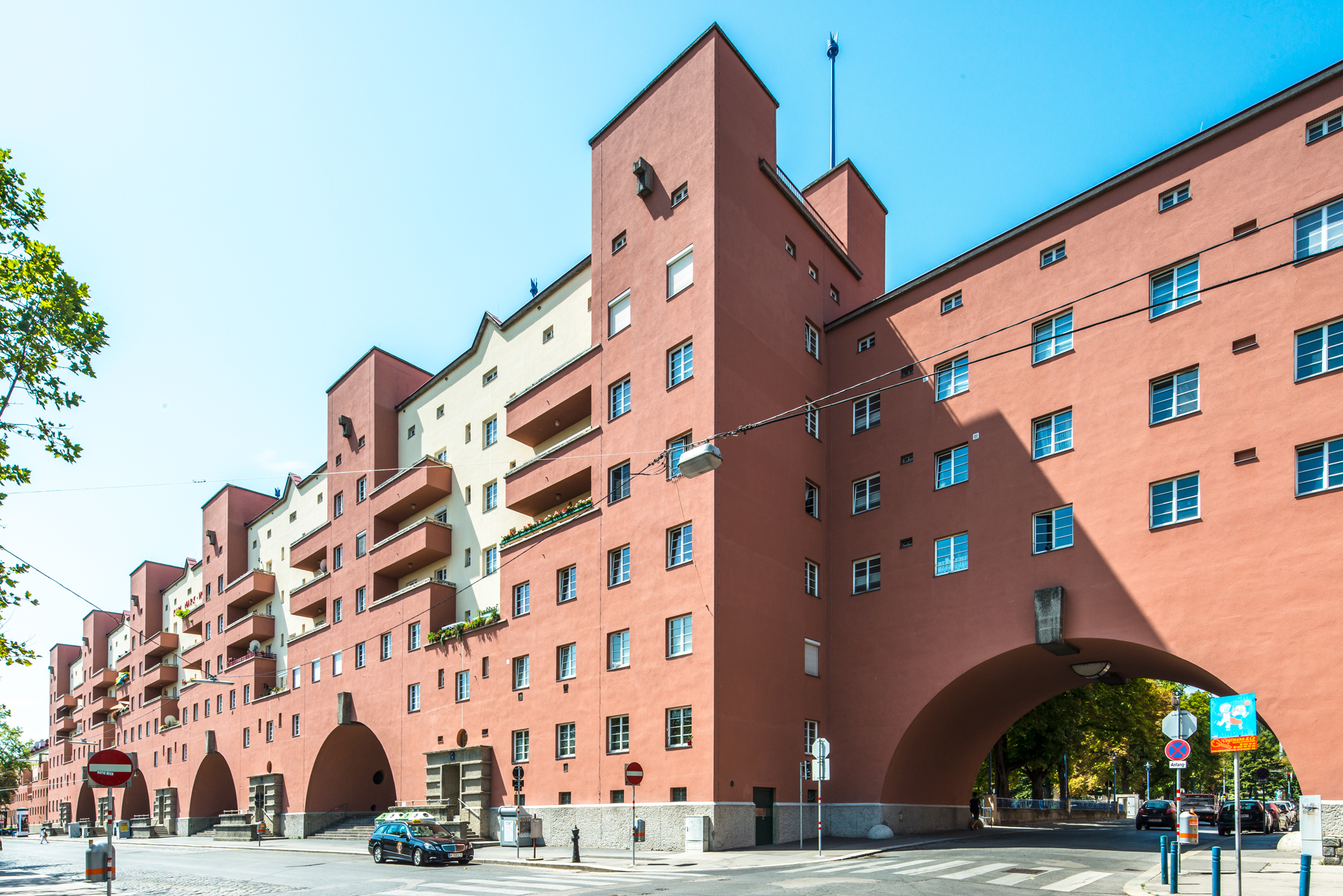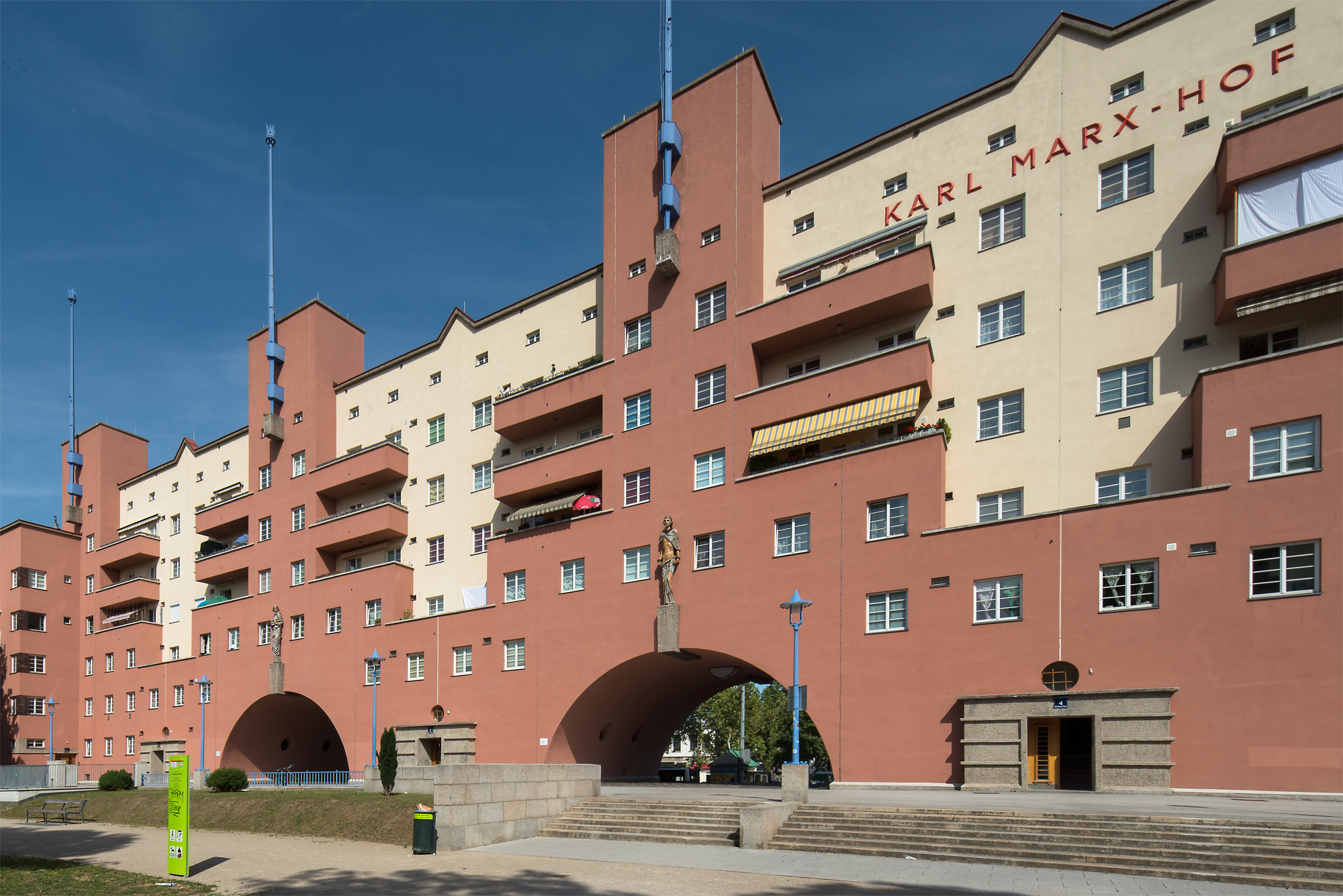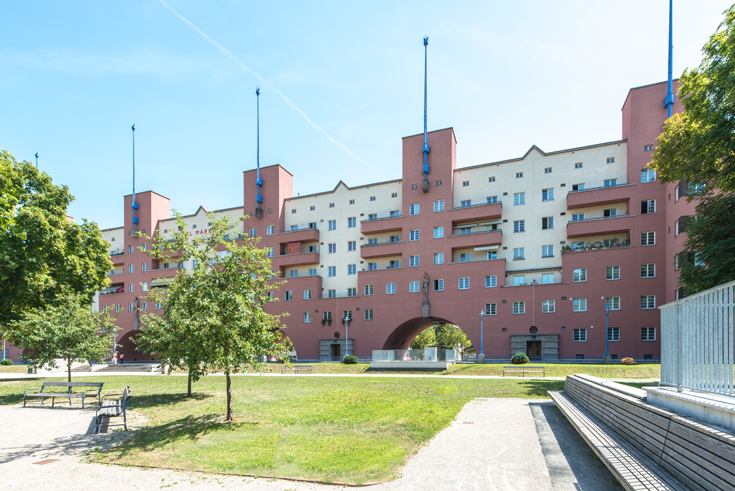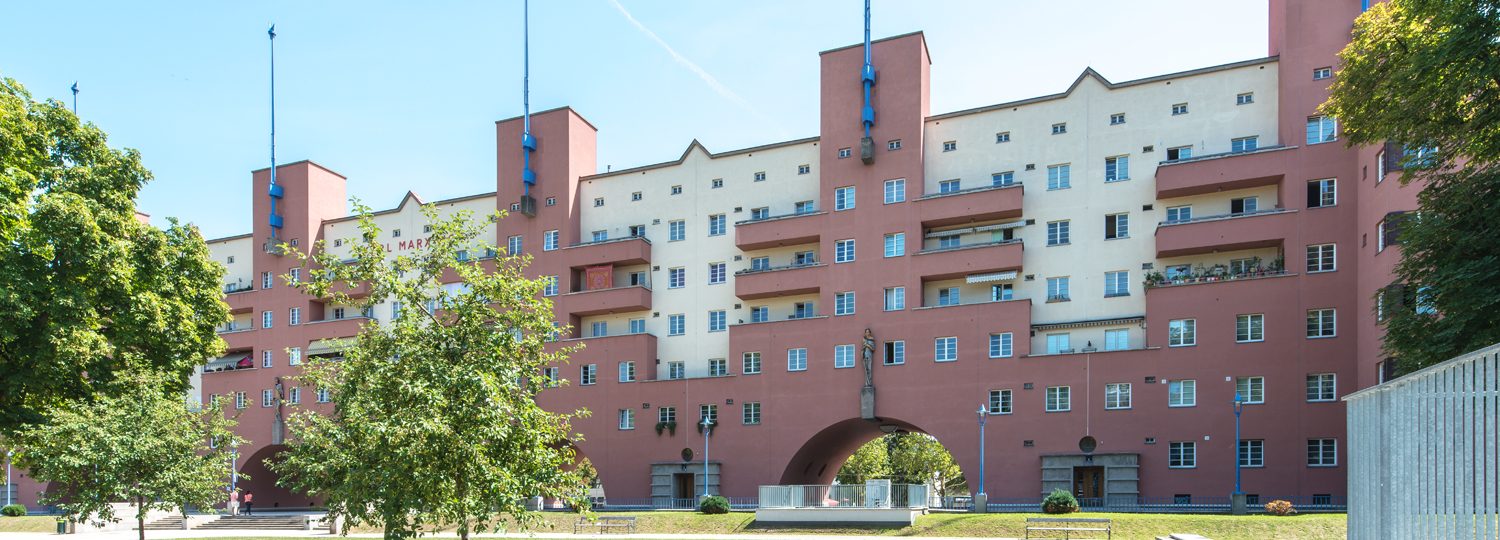Social Housing: A Viennese Tradition

Photo: Anna Blau
The apartment complex located in the 19th district was built from 1927 to 1930 and was erected according to plans designed by the chief municipal architect, Karl Ehn. along with 1,382 apartments, other community institutions were created, including day-care centres and libraries, a post office and a dental clinic. Since the apartments did not have bathrooms – these were not yet standard equipment – two bathhouses with 20 tubs and 30 showers were built in the Karl-Marx-Hof as well.
Today, around 43 % of all the apartments in Vienna are socially supported in long-term arrangements, and a quarter of all existing housing belongs to the city. The municipal residential complexes – known as Gemeindebauten (municipal buildings) are organized by the Wiener Wohnen (Vienna Living) property management service. This city-owned enterprise is responsible for 220,000 apartments, 500,000 residents and 1,300 children’s playgrounds. It is Europe’s largest municipal property management service.
With large development areas such as Seestadt Aspern and the inner-city Sonnwend district on the horizon, the city is looking to the future. Like no other city in Europe, Vienna is creating densified living space. In the April edition, an essay by Dietmar Steiner will explain what we should make of these developments.
